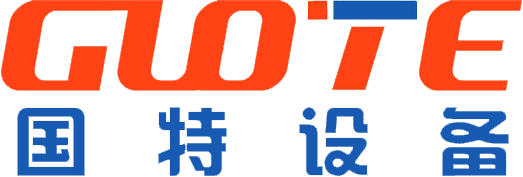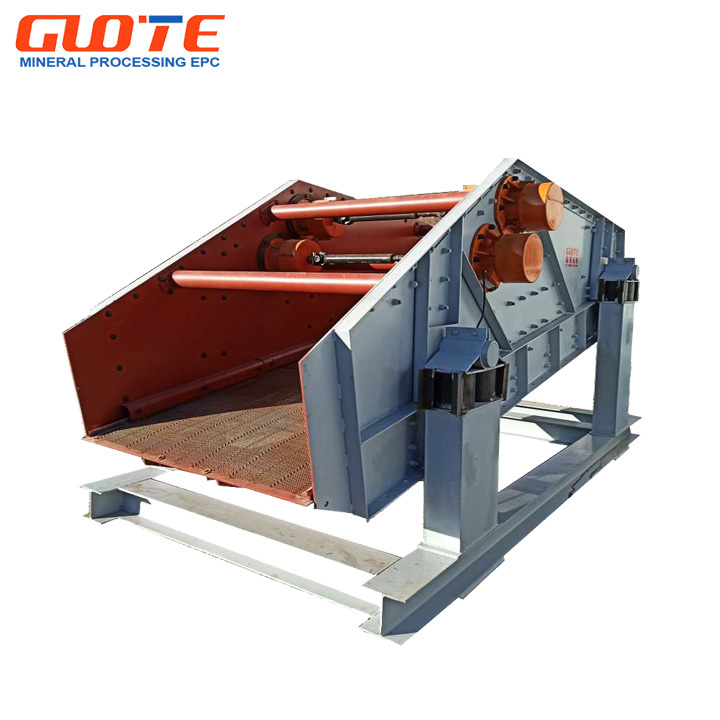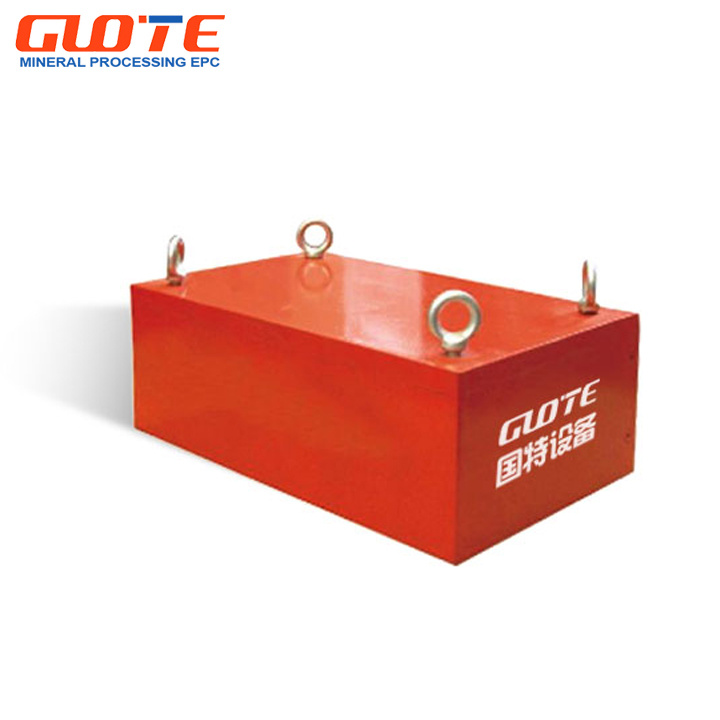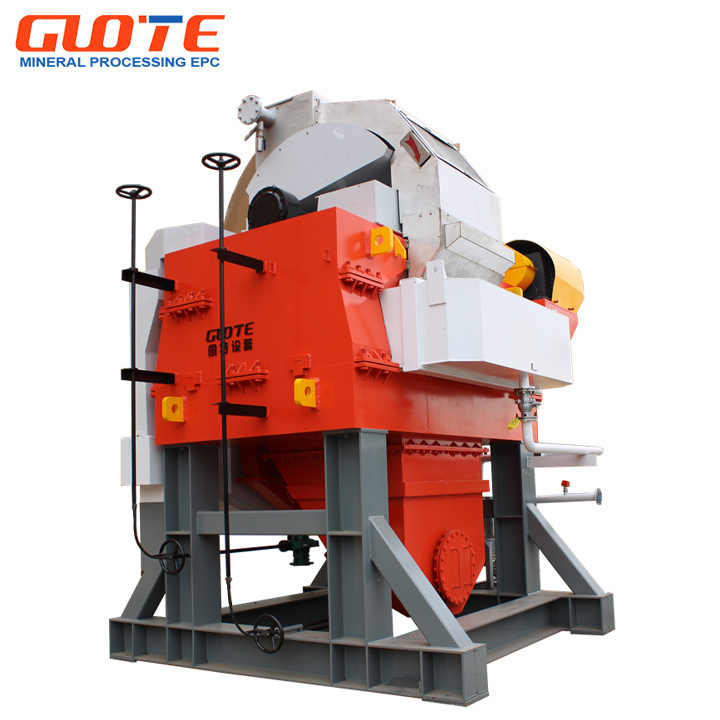Maximizing Efficiency: How to Optimize Your Petroleum Fracturing Sand Processing Line for Superior Results
How to Optimize Your Petroleum Fracturing Sand Processing Line for Better Results
Table of Contents
- 1. Introduction to Petroleum Fracturing Sand Processing
- 2. The Importance of Efficient Processing Lines
- 3. Key Techniques to Optimize Your Processing Line
- 3.1 Streamlining Workflow and Operations
- 3.2 Selecting the Right Equipment
- 3.3 Incorporating Automation Technologies
- 3.4 Implementing Quality Control Measures
- 4. Enhancing Energy Efficiency in the Processing Line
- 5. Ensuring Safety and Compliance
- 6. Employee Training and Skill Development
- 7. Future Trends in Sand Processing Optimization
- 8. Conclusion
- 9. Frequently Asked Questions
1. Introduction to Petroleum Fracturing Sand Processing
Petroleum fracturing sand, commonly referred to as frac sand, is a crucial component in the hydraulic fracturing process for oil and gas extraction. It plays a vital role in maintaining the fractures created in the rock formations to allow for the efficient flow of hydrocarbons. As the demand for oil and gas continues to rise, optimizing the processing lines for frac sand becomes increasingly important to ensure operational efficiency and cost-effectiveness.
In this article, we will explore essential strategies for enhancing your petroleum fracturing sand processing line, focusing on key areas that can lead to better results.
2. The Importance of Efficient Processing Lines
An optimized petroleum fracturing sand processing line not only increases production output but also improves the overall quality of the sand. Here are several reasons why optimizing your processing line is imperative:
- **Cost Savings**: Reducing waste and enhancing productivity can significantly lower operational costs.
- **Enhanced Quality**: Efficient processing ensures that the frac sand meets the required specifications, leading to better performance in hydraulic fracturing operations.
- **Increased Capacity**: An optimized line can handle larger volumes of sand, meeting the demands of growing markets.
- **Regulatory Compliance**: Staying compliant with environmental regulations is crucial to avoid penalties and ensure sustainable practices.
3. Key Techniques to Optimize Your Processing Line
To achieve optimal results in your petroleum fracturing sand processing line, consider employing the following key techniques:
3.1 Streamlining Workflow and Operations
A well-organized workflow is essential for maximizing efficiency in your processing line. Implement the following strategies:
- **Layout Optimization**: Design your processing line layout to minimize movement and reduce handling time. This includes strategically placing equipment and stations to create a smooth flow of materials.
- **Process Mapping**: Create a visual representation of your processes to identify bottlenecks and areas for improvement. Use this mapping to streamline operations and enhance coordination among teams.
3.2 Selecting the Right Equipment
Choosing the right equipment is fundamental to the success of your sand processing line. Consider the following factors:
- **Capacity and Efficiency**: Invest in machinery that meets your production needs and operates efficiently to reduce energy consumption.
- **Technology Integration**: Look for equipment that incorporates the latest technologies, such as advanced sensors and data analysis tools, to enhance performance and provide real-time monitoring.
3.3 Incorporating Automation Technologies
Automation plays a pivotal role in optimizing processing lines. Implementing automated solutions can lead to:
- **Reduced Labor Costs**: Automation reduces the reliance on manual labor, freeing up personnel for more critical tasks.
- **Increased Precision**: Automated systems can perform repetitive tasks with high accuracy, minimizing errors and waste.
- **Real-Time Monitoring**: Utilize automation for real-time data collection and analysis, allowing for timely adjustments and improvements.
3.4 Implementing Quality Control Measures
Quality control is essential for ensuring that the frac sand produced meets industry standards. Implement the following quality control measures:
- **Regular Testing**: Conduct frequent tests on sand samples to monitor size, shape, and cleanliness. This ensures that the product consistently meets required specifications.
- **Feedback Loops**: Establish feedback mechanisms to quickly address any quality issues that arise during production. This can involve close communication between production teams and quality control personnel.
4. Enhancing Energy Efficiency in the Processing Line
Energy consumption represents a significant portion of operational costs in processing lines. To improve energy efficiency, consider the following strategies:
- **Energy Audits**: Conduct regular energy audits to identify areas where energy consumption can be reduced. This can include optimizing equipment usage and upgrading to energy-efficient models.
- **Alternative Energy Sources**: Explore the use of renewable energy sources, such as solar or wind power, to supplement energy needs and reduce reliance on non-renewable resources.
- **Waste Heat Recovery**: Implement systems that capture and reuse waste heat generated during processing to reduce overall energy consumption.
5. Ensuring Safety and Compliance
Safety is paramount in industrial settings, particularly in the handling of frac sand. To ensure compliance with safety regulations:
- **Safety Training**: Provide comprehensive safety training for all employees to ensure they understand proper handling procedures and equipment usage.
- **Regular Inspections**: Conduct routine inspections of equipment and facilities to identify potential hazards and maintain compliance with safety standards.
- **Emergency Preparedness**: Develop and implement emergency response plans to address potential accidents or spills effectively.
6. Employee Training and Skill Development
Investing in employee training is crucial for maintaining a skilled workforce capable of operating advanced processing lines. Focus on:
- **Continual Learning**: Offer ongoing training programs to keep employees updated on new technologies and best practices in sand processing.
- **Cross-Training**: Encourage cross-training among employees to promote versatility and flexibility in operations, ensuring that all team members can adapt to various roles as needed.
7. Future Trends in Sand Processing Optimization
The petroleum industry is continually evolving, and staying abreast of trends can help keep your processing line competitive. Consider the following trends:
- **Sustainability Initiatives**: Emphasize eco-friendly practices and sustainability to meet growing consumer demands for environmentally responsible operations.
- **Digital Transformation**: Leverage digital tools, such as artificial intelligence and machine learning, to optimize processes and improve decision-making.
- **Customization**: Tailor processing methods to specific customer needs, allowing for greater flexibility and responsiveness in production.
8. Conclusion
Optimizing your petroleum fracturing sand processing line is crucial for achieving superior results in a competitive market. By implementing strategies focused on workflow efficiency, equipment selection, automation, energy savings, and safety, you can enhance productivity and reduce costs. Investing in employee training and keeping an eye on industry trends will further solidify your position as a leader in the sector. Ultimately, a commitment to continuous improvement will yield significant benefits for your operations and contribute to the sustainability of the petroleum industry.
9. Frequently Asked Questions
What is petroleum fracturing sand?
Petroleum fracturing sand, or frac sand, is a specialized type of sand used in hydraulic fracturing to prop open fissures in rock formations during oil and gas extraction.
Why is optimizing the processing line important?
Optimizing the processing line increases efficiency, reduces operational costs, improves product quality, and ensures compliance with regulations.
What are the benefits of automation in sand processing?
Automation enhances precision, reduces labor costs, and allows for real-time monitoring and adjustments, leading to improved efficiency.
How can energy efficiency be improved in processing lines?
Energy efficiency can be improved through energy audits, the use of alternative energy sources, and waste heat recovery systems.
What safety measures should be implemented in sand processing facilities?
Employ comprehensive safety training, conduct regular inspections, and develop emergency preparedness plans to ensure a safe working environment.
This comprehensive guide will serve as an invaluable resource for professionals looking to optimize their petroleum fracturing sand processing lines for better results. Prioritizing efficiency, quality, and safety will undoubtedly lead to enhanced operational performance and long-term success.
ce Petroleum fracturing sand processing line
Related Products
Related News






